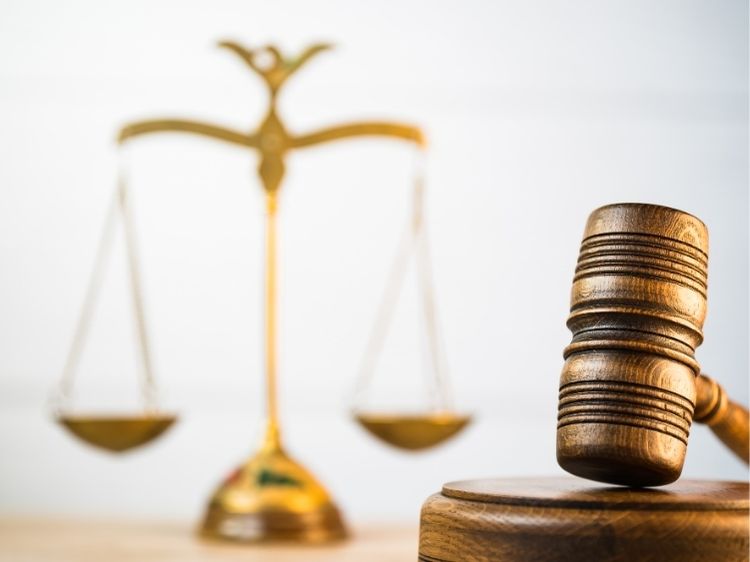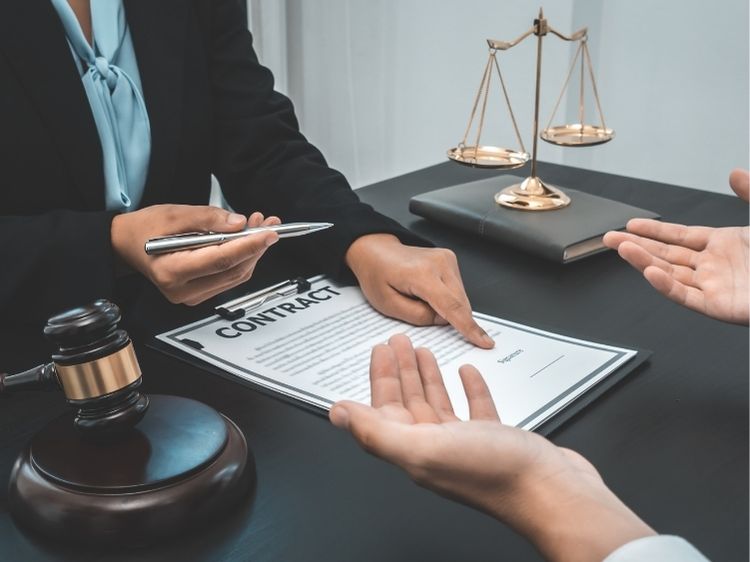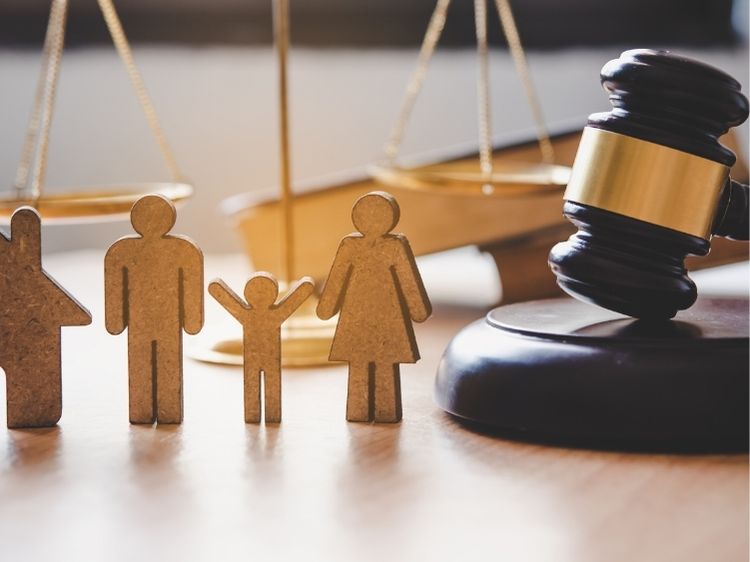The 2022 Guide for Beginners – Everything You Need to Know
It’s not possible to have a perfect layout. This doesn’t mean you can be creative with your layout. There are some guidelines you need to follow, especially for beginners. The article below will highlight some of the most important tips you should be following, including:
You must ensure that the program is suitable
This article will help you to choose the right design program for your needs. You can ensure that your PCBs are covered by the program you choose. You might also want something simple and easy to use if you are a beginner.
Do not choose 90o Trace Angles
The most common mistake beginners make is to choose trace angles higher than 90o. This is a huge mistake. It could lead to acid traps that can in turn damage the PCB. You should choose 45o trace angles as they will not affect the trace’s width. You should also avoid narrow angles as they can easily lead to copper migration.
Do not neglect the final housing
It is important to consider the final housing when you are laying out the PCB. Although the housing may not be finalized, most boards can be designed while the housing is being considered. However, it will come in handy. You should continue to mount the holes, and choose the simplest and most suitable housing for the board you are working on. You won’t have to do it all again if the housing is approved.
There must be enough space between the Traces
If the board traces require more than 500mA, the minimum width between traces will not be sufficient. The trace on the outside may be more extensive than the internal trace due to thermal dissipation. The copper used will determine the width. Most PCB manufacturers, such as uetpcba.com, allow you to choose from a range of copper weights from 0.5 to 2.5 oz/sq.ft.
It is important to inspect it after you’re done
After you are done with the PCB layout, inspect it carefully. This is why you should do it. This will allow you to determine if there are any defects such as missing parts or damaged pads. You can also check if there are any power traces that overlap. You can also ensure that your printed circuit boards work properly and that they don’t need to be redesigned later.
Conclusion
These are the top tips for anyone who is just starting to design printed circuit boards. This will ensure you don’t waste time and resources, and your PCBs work properly. Now that you are clear on what to do, don’t waste any time. Instead, start with the first tip, which is selecting a suitable design program.





